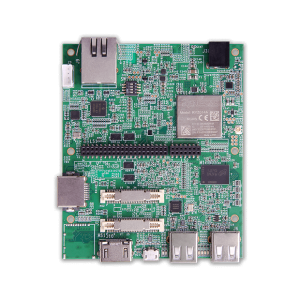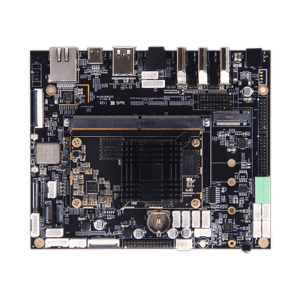What Is a System on Module (SOM) and Why Does It Matter?
What Is a System on Module (SOM) and Why Does It Matter?
Blog Article
Benefits of Process on Module for High-Performance Applications
Creating a new service often requires lengthy timelines, complicated models, and substantial reference investment. For businesses seeking to increase this technique while sustaining supreme quality standards, a system on module,system on module arm gift ideas an progressive solution. This lightweight module not just simplifies the development process but additionally assists accelerate item development cycles without limiting performance or reliability.

SoM: A Building Block for Successful Product Progress
A System on Element (SoM) is a complete processing component that encapsulates most of the components required to perform a specific application. It always is made up of processor, storage, storage, and other crucial peripherals such as for example connection options and interaction interfaces. The main element benefit of an SoM is their compact size, rendering it simple to incorporate into any item design.
Streamlining Product Growth with SoMs
Historically, creating a new product involves designing and building every portion from scratch. This method could be time-consuming and resource-intensive, especially for complicated products.
What is a System on Module
A System on Element, usually abbreviated as industrial single board computer, is a compact, integrated enterprise that comes pre-loaded with important parts just like a microprocessor, storage, energy management, and often even connection options. Think of it as a pre-built base for the product, allowing developers to target on unique functionalities without reinventing the wheel.
Why Process on Module Advantages Item Development
Here certainly are a several ways a System on Module somewhat boosts the merchandise development process.
Simplifies the Design Process
Developing a custom board from scratch requires time-consuming jobs like selecting components, planning the signal, and testing hardware. By adding numerous core functionalities, an SoM simplifies that process. Designers can focus on developing the initial aspects of their product rather than worrying about low-level electronics complexities.
An illustration worth taking into consideration is in IoT devices. Instead of planning every component, designers may use an SoM to integrate essential IoT functions quickly, decreasing the general time to market.
Decreases Risk
Custom hardware design inherently carries dangers of problems and delays. Debugging and ensuring part compatibility can pull timelines. An off-the-shelf Program on Component is pre-tested for efficiency and stability, lowering chances of problems and ensuring a reliable foundation. Developers can confidently build upon this without fretting about the basics.
Decreases Costs
While upfront costs of an SoM may appear greater than some components, it eventually saves time and source allocation, reducing prices in the extended run. Moreover, the accessibility to widely-used segments ensures scalability without requesting constant redesigns.
Speeds Up Prototyping

Rapid prototyping is required for businesses striving to iterate quickly and match market demands. An SoM helps quicker prototyping by giving a ready-to-use foundation. Teams can fast construct a model, test functionality, and produce changes without waiting for intensive electronics design cycles.
Eases Maintenance
Program on Adventures are made to present long-term support, which assures compatibility around time. Improvements or changes to the component don't require a complete overhaul, further accelerating potential solution iterations.
Empowering Faster Innovation
Adopting a System on Component may revolutionize how goods are developed. By lowering style complexities, minimizing risks, and allowing scalability, corporations may supply modern answers more efficiently. For industries wherever time to promote is just a critical metric for achievement, adding an SoM to the growth method is just a game-changing strategy. Report this page